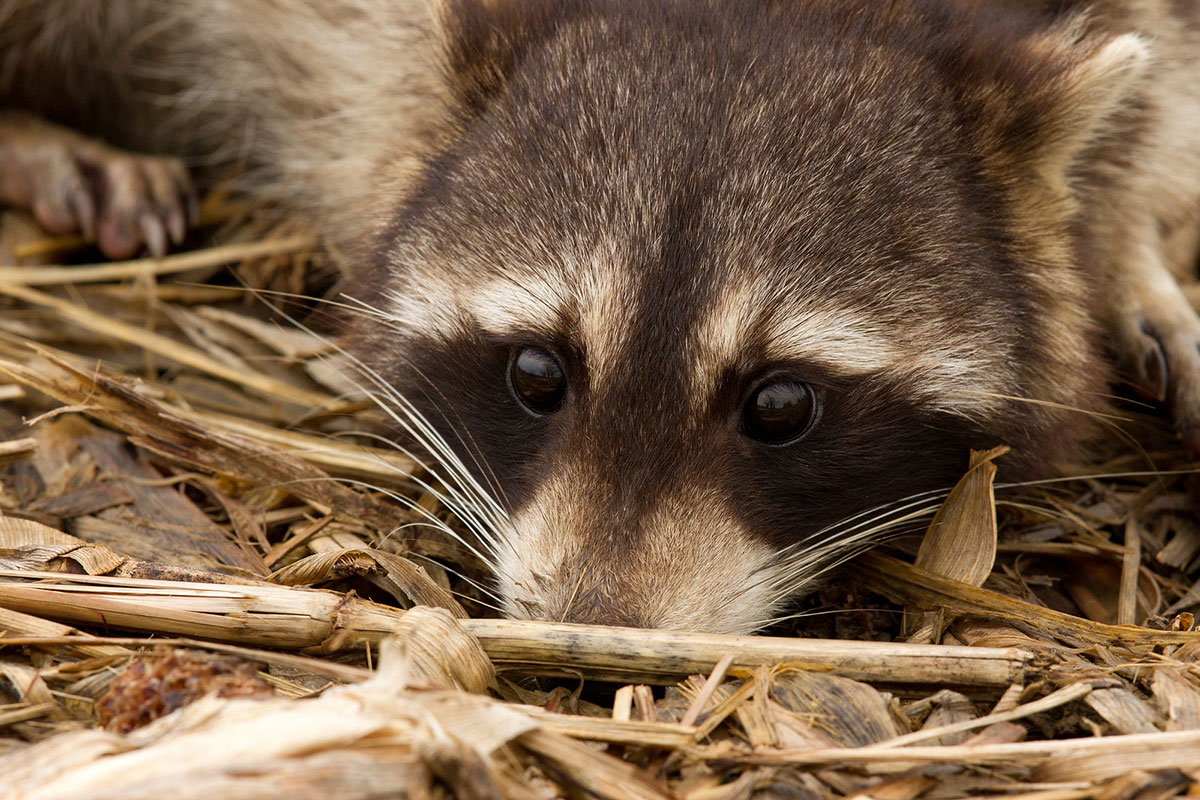
Photo by Michael R. Jeffords



Photo by Michael R. Jeffords
I’m old. Just ask the interns. These days I’m the only one still here at the Urban Wildlife Institute who was around when we started our Urban Wildlife Biodiversity Monitoring Project in 2009. It was a different time. Lady Gaga topped the pop charts. Only 80 percent of people had smart phones. Twitter was barely even a thing.
Okay, okay, 2009 wasn’t really all that long ago. And yet, it’s unusual in the science world to still be conducting a study 10 years after it began. Most ecologists continue a study for two or three years, usually only in the summer, and then they move on to the next question (and the next source of grant funding).

When we started the biodiversity monitoring work I had a hard time selling my supervisor on the notion that we’d collect data in all four seasons (it helped when I pointed out he wouldn’t be the one who’d have to go out in the winter). I had another hard time convincing people all our cameras wouldn’t be stolen on the first day we set them out. But I had the most difficulty making my case in 2011 or so when people started to ask me, “Aren’t you done with these cameras? What are you going to do next? How long are you doing to do this?”
For that last question, I got a lot of blank stares when I said, “Forever!” But it’s critical that we go on collecting data for as long as we can. Cities go on growing and changing, and wildlife communities change and evolve in turn. Understanding how wildlife communities adapt to living in cities isn’t something you can do in a year, or two, or even 10. And thanks in part to my stubbornness we have the largest urban wildlife dataset anywhere in the world—more than a million images and counting.

And thanks to you, those images are being transformed into data—data we use to communicate with other researchers, with city planners and with the public—about the different species who share our cities and how we can coexist with them. We’ve seen not just the rats and pigeons that everyone expected, but everything from coyotes to mink, from flying squirrels to beavers—incredible biodiversity right in the heart of America’s third largest city.
Thank you so much for your help. I hope you’ve enjoyed these little snapshots into the wildlife communities of Chicago. We’ve enjoyed collecting the images (we enjoy it less in the winter) and interacting with people for the last year or so. Here’s hoping we can check in again, year after year, until this project is so valuable to so many people and wildlife species that no one can even imagine an end to it.
Seth Magle, Ph.D., is the Director of the Urban Wildlife Institute at Lincoln Park Zoo.
Submit a question for the author